Thujopsis dolabrata
Heruga (7a Northern NJ)
7 years ago
Featured Answer
Sort by:Oldest
Comments (39)
Embothrium
7 years agolast modified: 7 years agoHeruga (7a Northern NJ)
7 years agoRelated Discussions
Thujopsis dolabrata Gallery
Comments (39)Euan, renaming can't take place because it's in cultivation for a while. It seems that some nurseries in the U.S. are growing it and have spread it for several years. By renaming it, confusions will arise which we've to avoid always......See MoreThujopsis dolabrata 'Robusta'
Comments (2)Hello Edwin The conifer check list does not say where it was found in Holland.It just says Holland. Von Gimborn Arboretum sent me a photo of a side branch but there new Email address does not work....See MoreThujopsis dolabrata 'Aurescens' summer photo
Comments (7)In my opinion 'Aurea' and 'Aurescens' are 2 cultivar names for the same plant. I realy want to see both next to eachother for comparison. The World Checklist of Conifers mentioned only that the 'Aurescens' is reported from the Trompenburg Arboretum in 1987 which will not mean that it derives from there. No furthur info about this one in this book. In this same book is mentioned that the 'Aurea' derives from the U.K. in 1866, which is good registrated info. The book Conifers The Illustrated Encyclopedia showed us only a pic of the 'Aurescens', not from the 'Aurea' which could mean that the late Mr. Van Hoey-Smith (formerly director of the Trompenburg Arboretum) was only familiar with the 'Aurescens' and not with the 'Aurea' and used the wrong cultivar name......See MoreThujopsis dolabrata 'Gracilis' photo
Comments (6)Edwin I got the this cultivar from Baumschulgarten nursery Germany there is very little info about it however im sure its the right thing.It needed fresh compost and some osmicote....See MoreSmivies (Ontario - 5b)
7 years agodavidrt28 (zone 7)
7 years agolast modified: 7 years agoDeanW45
7 years agoSara Malone (Zone 9b)
7 years agodavidrt28 (zone 7)
7 years agoken_adrian Adrian MI cold Z5
7 years agoHeruga (7a Northern NJ)
7 years agoken_adrian Adrian MI cold Z5
7 years agoEmbothrium
7 years agoHeruga (7a Northern NJ)
7 years agolast modified: 7 years agoMike McGarvey
7 years agoEmbothrium
7 years agoken_adrian Adrian MI cold Z5
7 years agoEmbothrium
7 years agorobert567
7 years agoEmbothrium
7 years agolast modified: 7 years agodavidrt28 (zone 7)
7 years agolast modified: 7 years agoHeruga (7a Northern NJ)
7 years agoEmbothrium
7 years agoHeruga (7a Northern NJ)
7 years agolast modified: 7 years agoHeruga (7a Northern NJ)
7 years agoDavid Olszyk, President, American Conifer Society
7 years agolast modified: 7 years agoHeruga (7a Northern NJ)
7 years agoHeruga (7a Northern NJ)
7 years agoDavid Olszyk, President, American Conifer Society
7 years agolast modified: 7 years agoHeruga (7a Northern NJ)
7 years agoDavid Olszyk, President, American Conifer Society
7 years agolast modified: 7 years agoHeruga (7a Northern NJ)
7 years agoMike McGarvey
7 years agoHeruga (7a Northern NJ)
7 years agolast modified: 7 years ago



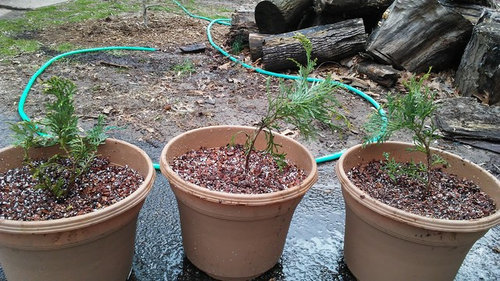

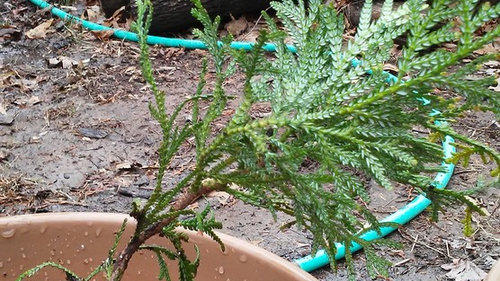
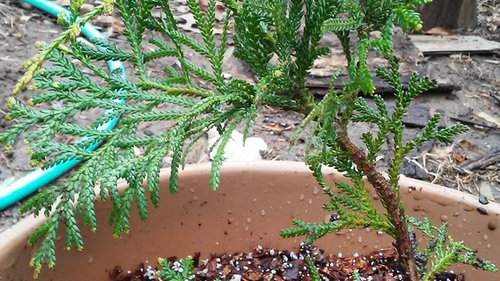

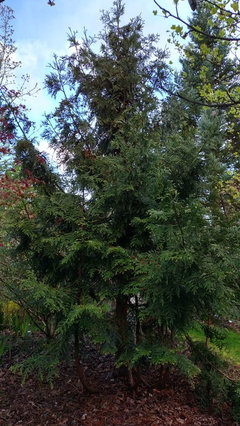
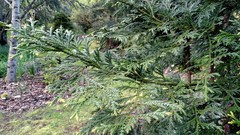







Mike McGarvey